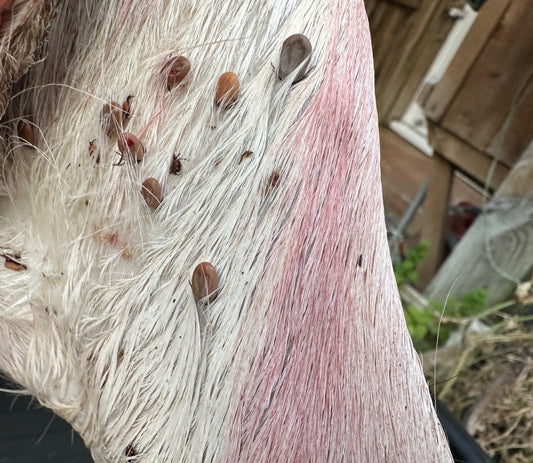Agroforestry, the practice of integrating agriculture and forestry, is a sustainable approach to land use that benefits the environment and the landowner. A critical component of this integration is effective deer management, especially through the strategic use of hedgerows. This combined approach offers numerous benefits, enhancing biodiversity, protecting crops, promoting soil health, and maintaining ecological balance. This article merges two crucial aspects of agroforestry - deer management and the use of hedgerows, to explore their collective impact on creating sustainable and productive land use systems.
What is Agroforestry?
Agroforestry is a land use management system in which trees or shrubs are grown around or among crops or pastureland. It combines agricultural and forestry technologies to create more diverse, productive, profitable, healthy, and sustainable land-use systems. The key principles of agroforestry involve integrating woody perennials into agricultural landscapes, diversifying and sustaining production for increased social, economic, and environmental benefits.
Key Components and Benefits of Agroforestry:
Types of Agroforestry Systems:
The Essential Role of Deer Management in Agroforestry
Deer populations, if unmanaged, can disrupt the balance of agroforestry systems, leading to substantial damage to crops and young trees. However, a well-managed deer population can contribute significantly to the ecosystem's diversity. Effective deer management strategies, including controlled hunting, selective fencing, and repellents, are vital in preventing overbrowsing, ensuring the protection of crops and saplings, and maintaining the overall health of the agroforestry system.
Hedgerows: A Multifunctional Tool in Agroforestry
Hedgerows, comprising dense rows of shrubs and trees along field boundaries, serve as a multifunctional element in agroforestry. They enhance tree presence in agricultural landscapes without compromising productive land. Serving as natural barriers, hedgerows help deter deer from encroaching on crop areas. Additionally, they provide alternative habitats and food sources for deer, aiding in the maintenance of a balanced deer population and preventing habitat overuse.
Biodiversity and Ecosystem Health
The integration of hedgerows and effective deer management in agroforestry systems significantly enhances biodiversity. Hedgerows offer habitats and corridors for various wildlife, while a balanced deer population aids in seed dispersal and natural vegetation maintenance. This dual approach ensures a diverse and healthy ecosystem, preventing the concentration of deer in specific areas and promoting plant diversity.
Agricultural and Forestry Protection
Incorporating hedgerows within agroforestry systems is a strategic method for protecting agricultural outputs and forestry interests. Hedgerows limit deer access to sensitive areas, offering a sustainable alternative to artificial fencing. This protection is crucial for the long-term success of both agricultural and forestry components, ensuring the coexistence of productive agriculture and healthy forests.
Soil Health Preservation
Hedgerows contribute significantly to soil health by acting as buffers against erosion and maintaining soil structure and fertility. Combined with controlled grazing by deer, this approach helps preserve the soil's health, which is essential for robust crop yields and successful tree growth.
The integration of deer management and the use of hedgerows in agroforestry represents a holistic strategy for sustainable land use. This approach ensures a balanced coexistence of agriculture, forestry, and wildlife, enhancing biodiversity, protecting crops and young trees, and maintaining healthy soil conditions. By considering all elements of the ecosystem, including wildlife and natural barriers like hedgerows, landowners and estate managers can create sustainable, productive, and balanced landscapes.




